North America : Market Leader in Innovation
North America is the largest market for diabetic socks, holding approximately 45% of the global market share. The growth is driven by increasing diabetes prevalence, heightened awareness of foot care, and advancements in sock technology. Regulatory support from health organizations further catalyzes demand, ensuring that products meet safety and efficacy standards. The U.S. is the primary contributor, followed by Canada, which also shows significant growth potential due to rising healthcare expenditures.
The competitive landscape in North America is robust, featuring key players like Medline Industries Inc, Dr. Comfort, and Therafirm. These companies leverage innovative materials and designs to enhance comfort and functionality. The presence of established healthcare systems and a focus on preventive care further bolster market growth. As consumer awareness increases, the demand for specialized diabetic socks is expected to rise, driving competition among manufacturers.
Europe : Emerging Market with Regulations
Europe is the second-largest market for diabetic socks, accounting for approximately 30% of the global share. The growth is fueled by an aging population, rising diabetes cases, and increasing health awareness. Regulatory frameworks, such as the Medical Device Regulation (MDR), ensure that products meet stringent safety and quality standards, thereby enhancing consumer trust and market growth. Countries like Germany and the UK are leading the market, with significant investments in healthcare and diabetic care initiatives.
The competitive landscape in Europe is characterized by a mix of local and international players, including Sigvaris AG and Darn Tough Vermont. These companies focus on innovation and sustainability, catering to the growing demand for eco-friendly products. The presence of various healthcare initiatives and partnerships with medical professionals further strengthens the market. As the region continues to prioritize diabetic care, the demand for specialized socks is expected to rise, fostering competition and innovation.
Asia-Pacific : Rapid Growth in Demand
Asia-Pacific is witnessing rapid growth in the diabetic socks market, holding approximately 20% of the global share. The region's growth is driven by increasing diabetes prevalence, urbanization, and rising disposable incomes. Countries like China and India are at the forefront, with significant investments in healthcare infrastructure and awareness campaigns. The growing focus on preventive healthcare and foot care is also contributing to the rising demand for diabetic socks, making it a key market for future growth.
The competitive landscape in Asia-Pacific is evolving, with both local and international players entering the market. Companies like Propet USA Inc and Sockwell are expanding their presence, focusing on affordability and accessibility. The region's diverse consumer base and varying healthcare needs present both challenges and opportunities for manufacturers. As awareness of diabetes management increases, the demand for specialized diabetic socks is expected to grow, driving innovation and competition in the market.
Middle East and Africa : Untapped Market Potential
The Middle East and Africa region is an emerging market for diabetic socks, holding approximately 5% of the global share. The growth is primarily driven by increasing diabetes prevalence, urbanization, and rising health awareness. Countries like South Africa and the UAE are leading the market, with growing healthcare initiatives aimed at improving diabetes management. The region's focus on preventive healthcare is gradually increasing the demand for specialized diabetic socks, presenting significant growth opportunities for manufacturers.
The competitive landscape in the Middle East and Africa is still developing, with a mix of local and international players. Companies are beginning to recognize the potential of this market, leading to increased investments and product offerings. The presence of key players is limited, but as awareness grows, more companies are likely to enter the market. The region's unique healthcare challenges and diverse consumer needs will shape the future of the diabetic socks market, driving innovation and competition.


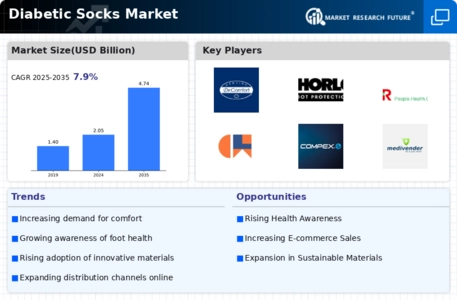
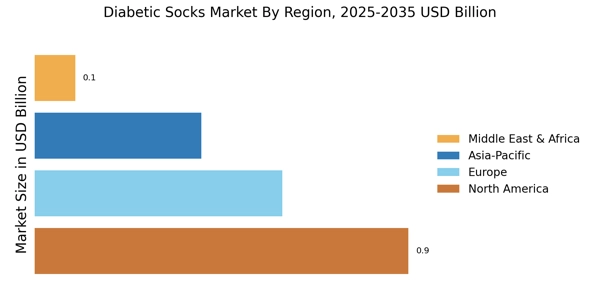

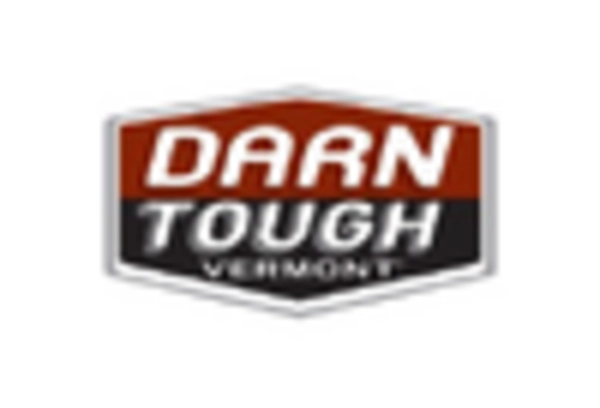
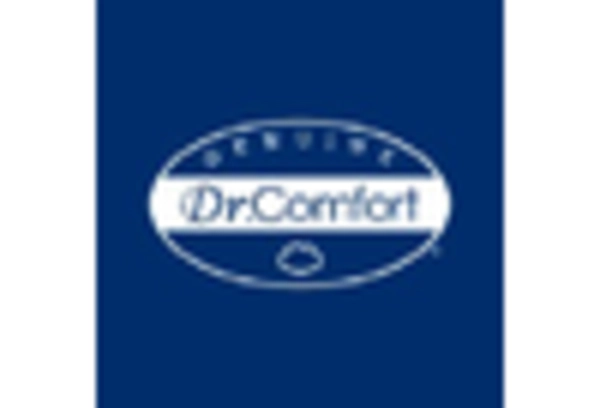
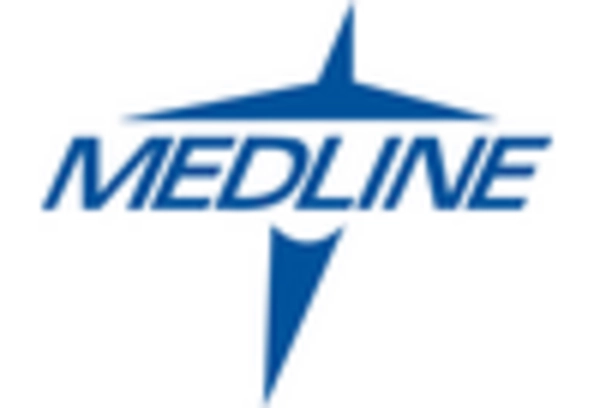
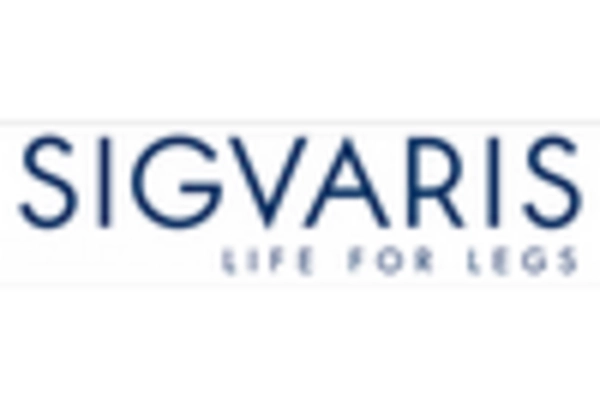
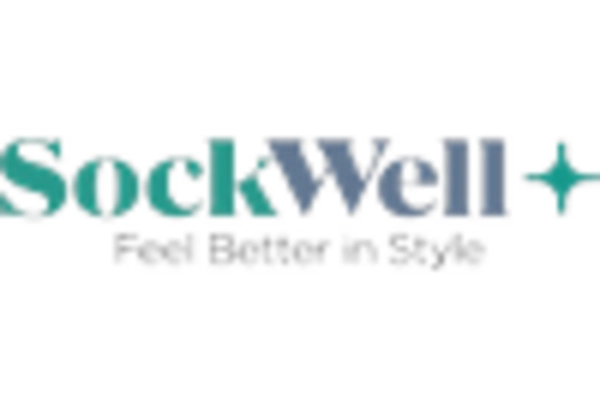








Leave a Comment